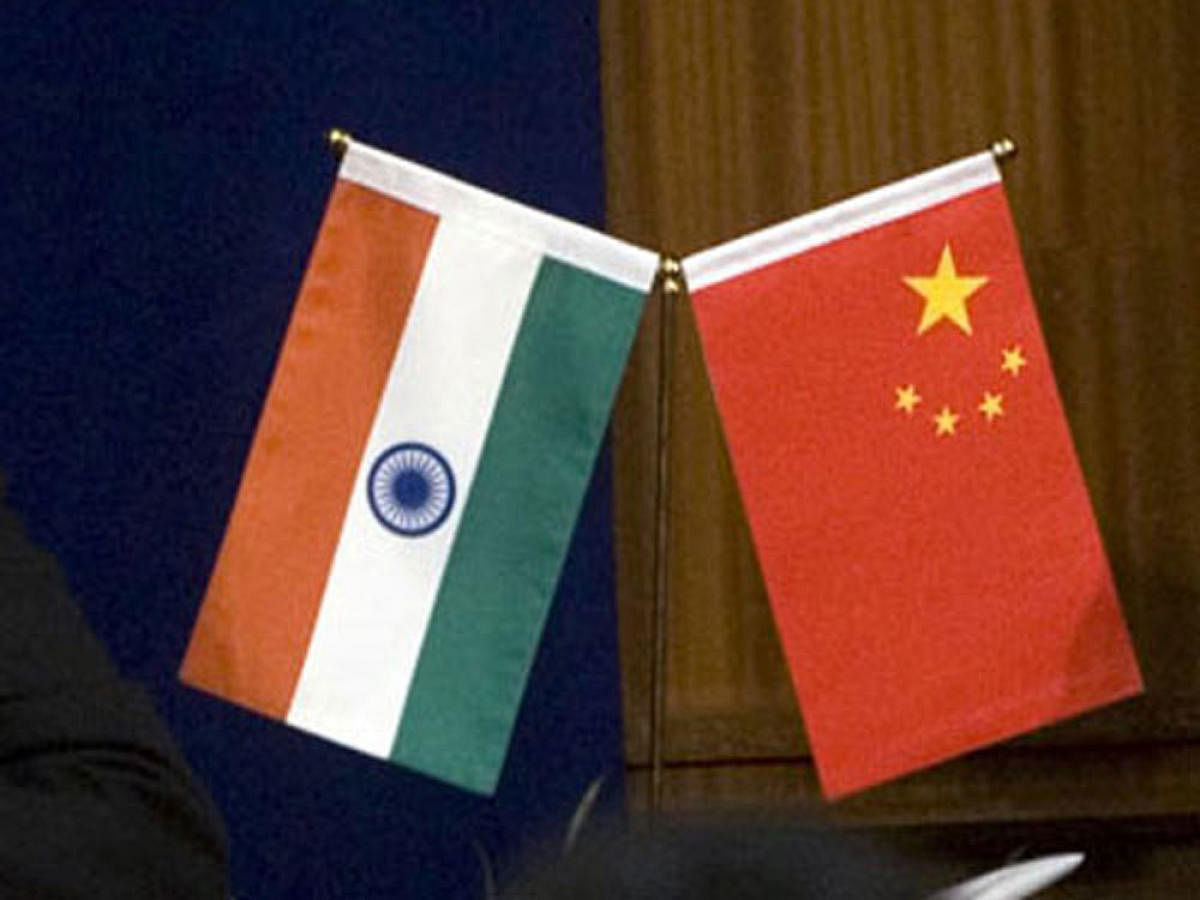
India and China had a roller-coaster relationship in 2017 which was repeatedly blighted by issues like the Doklam standoff, blocking of India's NSG membership bid and moves to declare the JeM chief a global terrorist, but the year ended on a promising note with both sides vowing to create favourable conditions for development of their ties.
"The year 2017 is set to be a special year in the history of China-India relations," Long Xingchun, Director of the Centre for Indian Studies at China West Normal University, said as he summed up the bilateral ties in outgoing year.
"The Doklam standoff pushed the two Asian powers to the brink of war, becoming the biggest crisis between them in the past 55 years," he said in a recent write up in the official media, highlighting the challenges faced by leaderships of the two countries to navigate ties out of the growing "contradictions".
The two sides, however, ended the torrid 2017 on a promising note with the most candid talks during the visits of Chinese Foreign Minister Wang Yi to New Delhi followed by the 20th round of the border talks between National Security Adviser Ajit Doval and China's top diplomat Yang Jiechi this month.
But analysts say there is no respite as Beijing's latest move to extend its ambitious $50 billion China-Pakistan Economic Corridor (CPEC) to Afghanistan and the victory of the pro-China Communist Party of Nepal (UML) leader K P S Oli in the just concluded polls in Nepal added to the long list of challenges New Delhi and Beijing will have to handle in 2018.
The list includes China blocking India's membership bid in Nuclear Suppliers Group and moves in the UN to declare Jaish-e-Muhammad chief Masood Azhar as a global terrorist and the CPEC capped by a 73-day standoff at the Doklam where the two armies dug in for a long haul despite its resolution.
The Doklam standoff began on June 16 after the People's Liberation Army began building a road in area claimed by Bhutan. The Indian troops intervened to stop the road as it posed a security risk to Chicken Neck, the narrow corridor connecting India with its north-eastern states.
The standoff ended on August 28 following mutual agreement under which China stopped the construction of road and India withdrew its troops.
But after the standoff, China stationed its troops close to the standoff area ending its customary practice to vacate the area during the winter.
In September, Prime Minister Narendra Modi travelled to China to attend the 9th BRICS Summit on the sidelines of which he met Chinese President Xi Jinping and held extensive talks.
Putting behind the Dokalam standoff, the two sides agreed to move forward in their ties with Xi telling Modi that he wants to put the relationship on the "right track".
Long says the bilateral ties have been blighted by three major strategic contradictions: the border dispute, the Tibet issue, and India's reckoning that China-Pakistan friendship poses a threat.
"However, it is unlikely that the three interwoven conundrums will be solved in the near future; control and management are the only way out," he said.
Other analysts say 2017 also demonstrated Indias resolve to resist Chinas pressure tactics.
India did not attend the Belt and Road Forum, a mega event held by China with the presence of leaders of several countries this year to highlight its Belt and Road Initiative (BRI), denting Beijings attempt to showcase its influence.
The BRI has become an issue for India as the controversial CPEC is part of it. India has protested over the project as it traverses through Pakistan-occupied Kashmir.
Also, India did not withdraw its troops from Doklam during the standoff despite a massive media blitzkrieg by China followed by aggressive moves by its military until PLA stopped the construction of the road.
There was, however, some silver lining this year as for the first time in recent years, India's exports to China showed promise of steady increase though the trade deficit continued to be disquietingly high.
Since this year, India's exports which were on the decline for a number of years started showing increase.
In the first seven months, the exports registered 40.69 per cent year-on-year to reach $10.60 billion.
In October alone, India's exports to China increased by 53.04% year-on-year to reach $1.24 billion.
However, the trade deficit which last year accounted to $52 billion in about $70 billion total trade continued to climb reaching $44.51 billion in the first seven months.
China's investment in India, specially by mobile phone makers like Oppo, Vivo and Xiaomi besides e-commerce giant Alibaba were on the rise. The total investment were stated to be around $3.5 billion so far.
Long says China and India have huge potential despite the long list of differences.
"2017 is the worst year for China-India relations. But if India would like to meet China halfway and make concerted effort, 2018 will probably become the best year for their bilateral ties," he wrote in the article in the state-run 'Global Times'.
Deccan Herald is on WhatsApp Channels| Join now for Breaking News & Editor's Picks